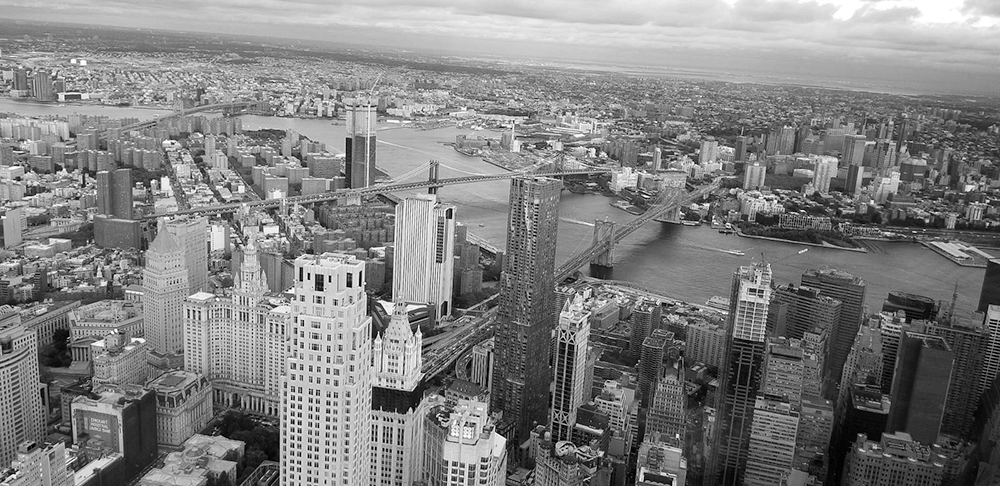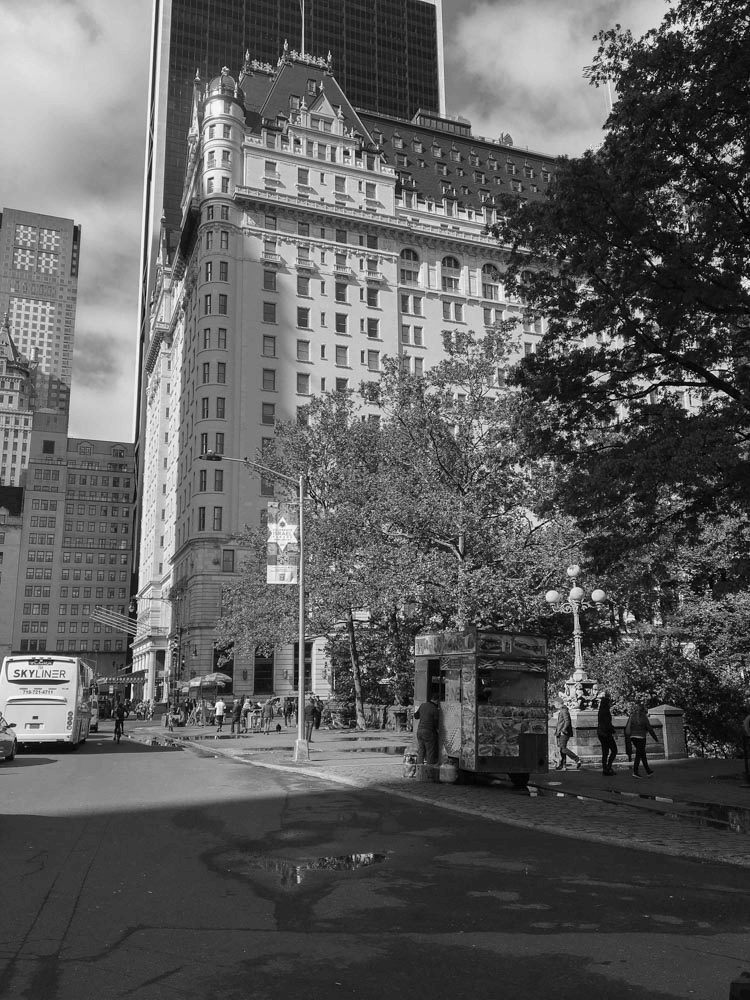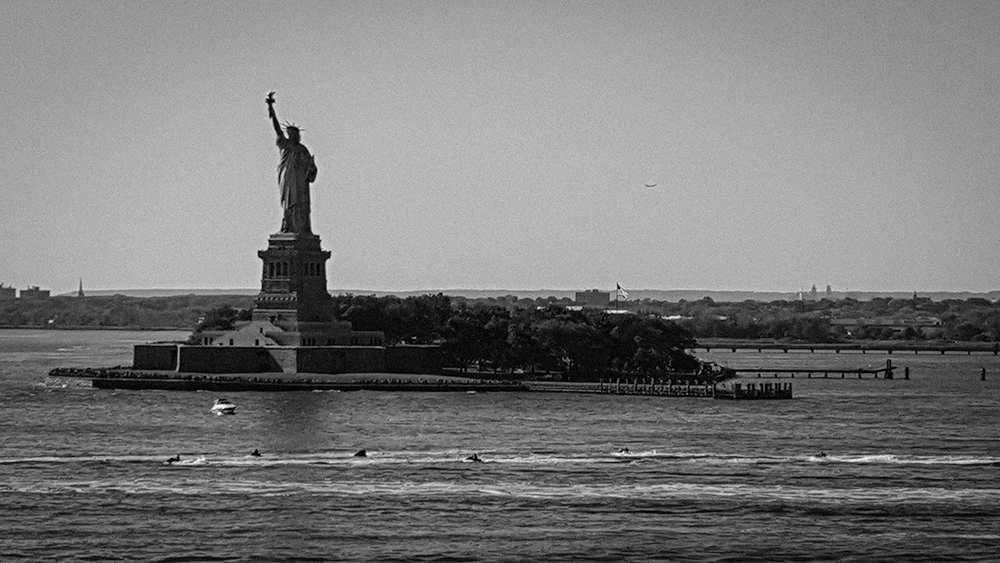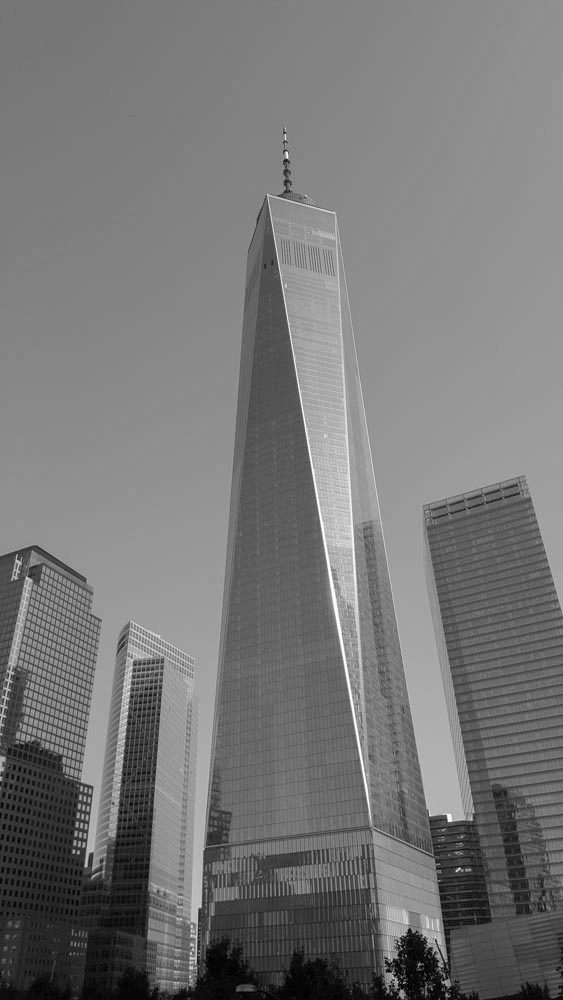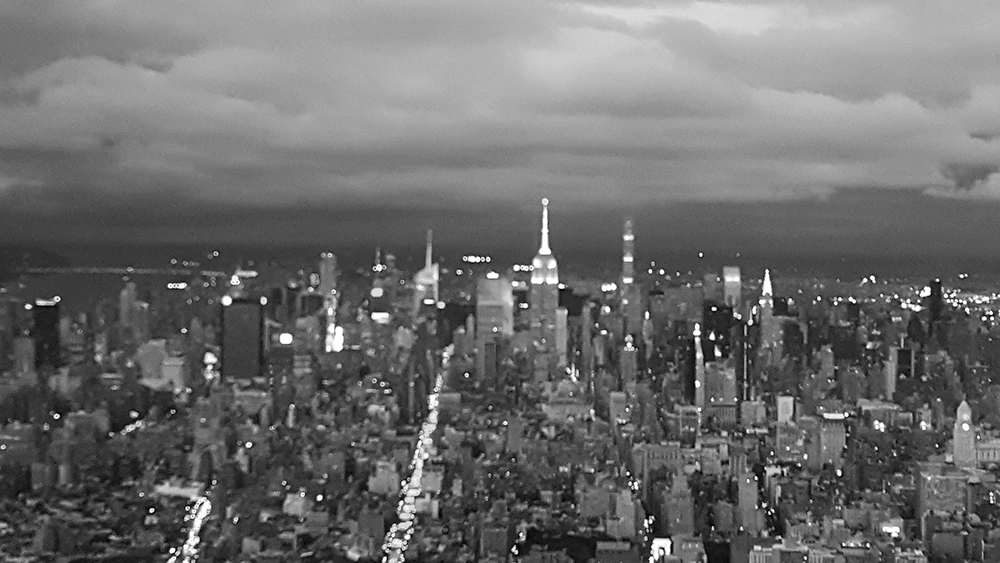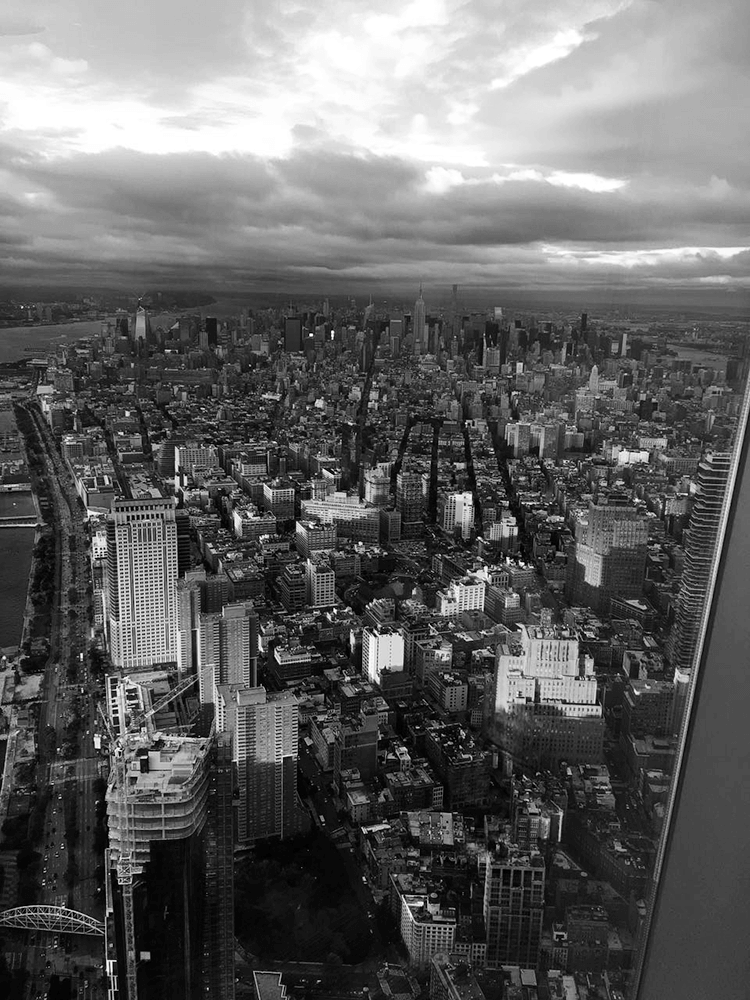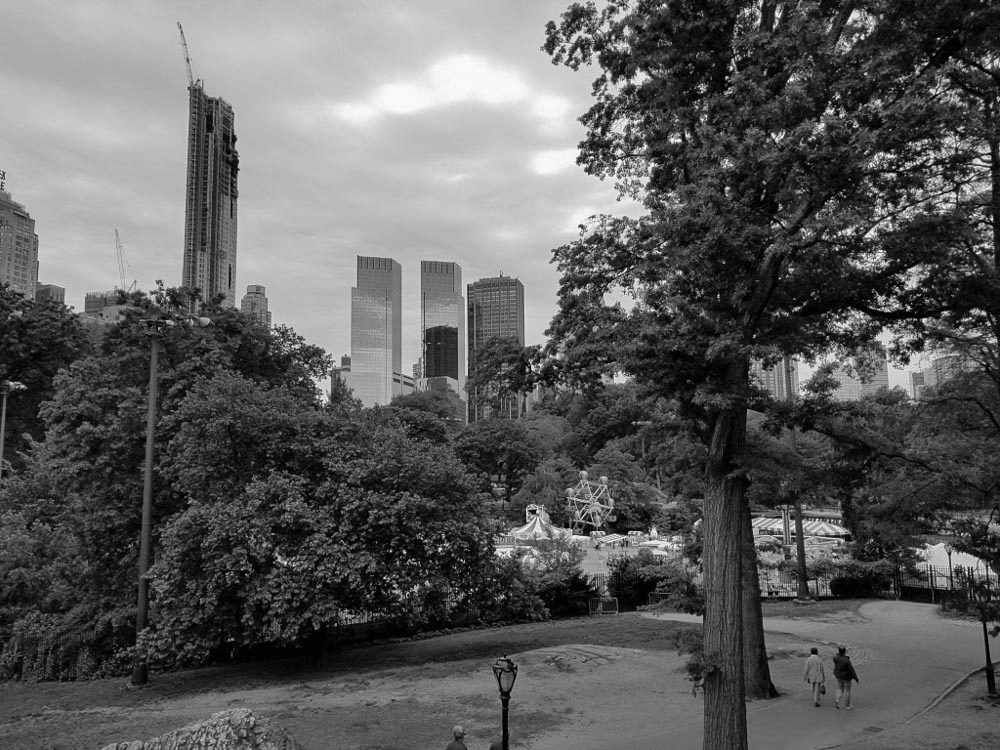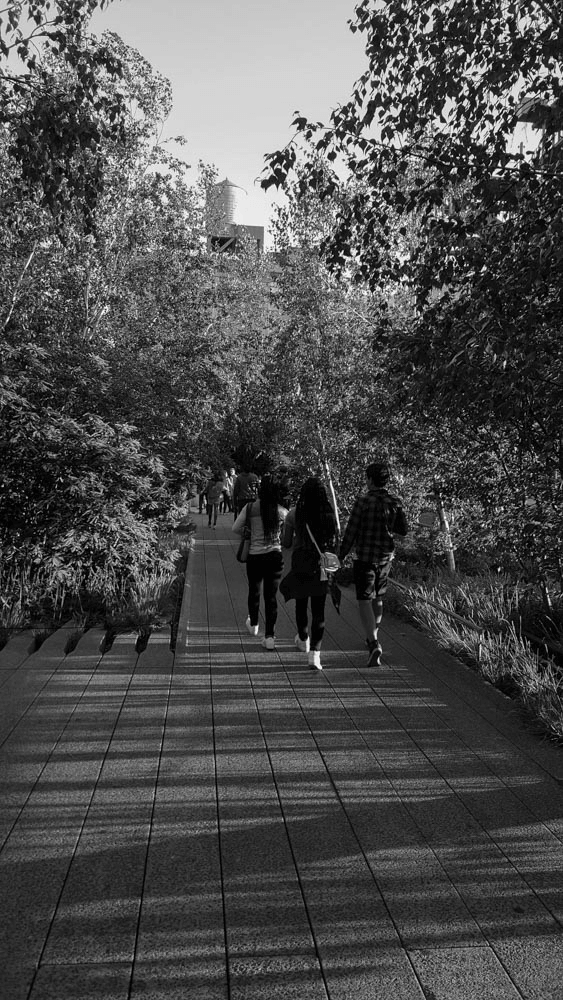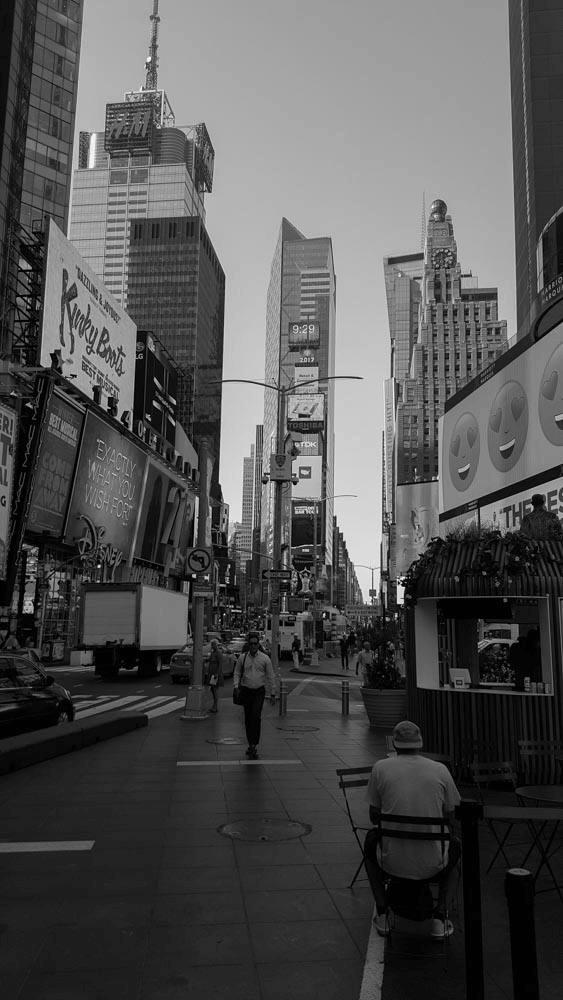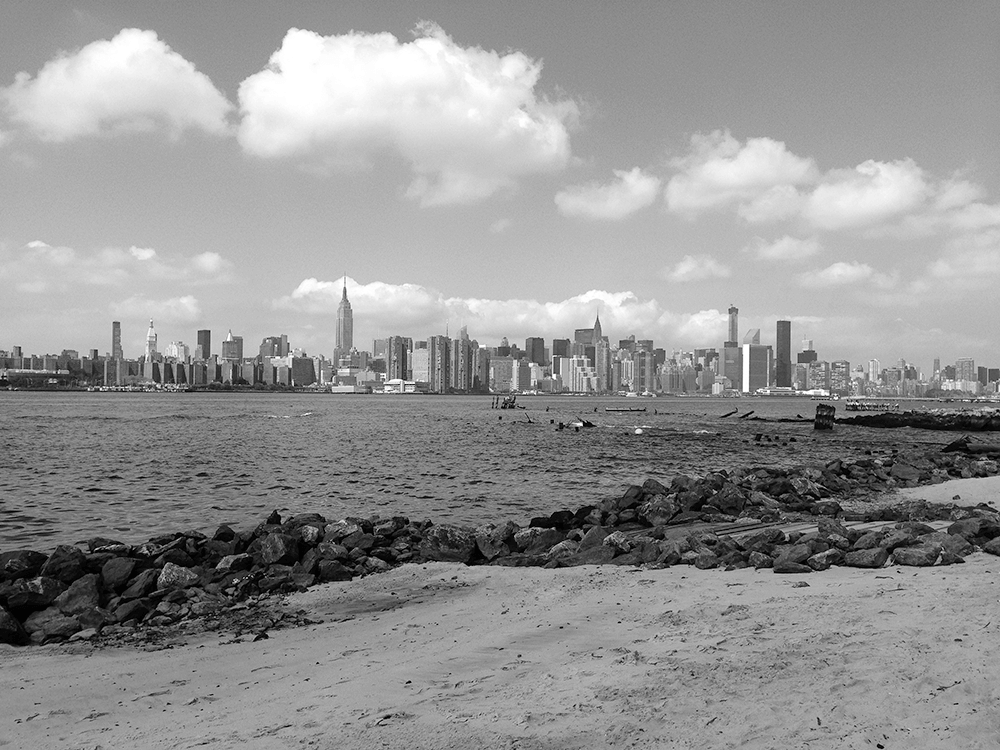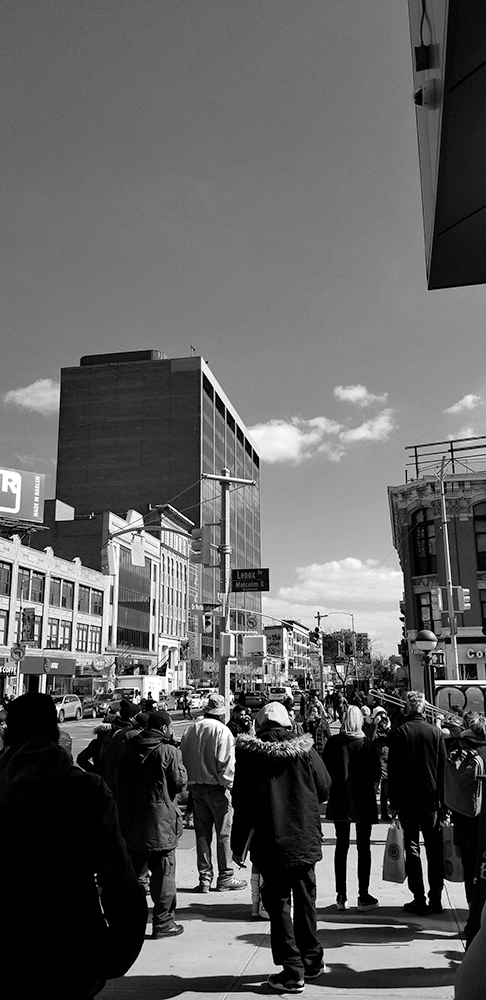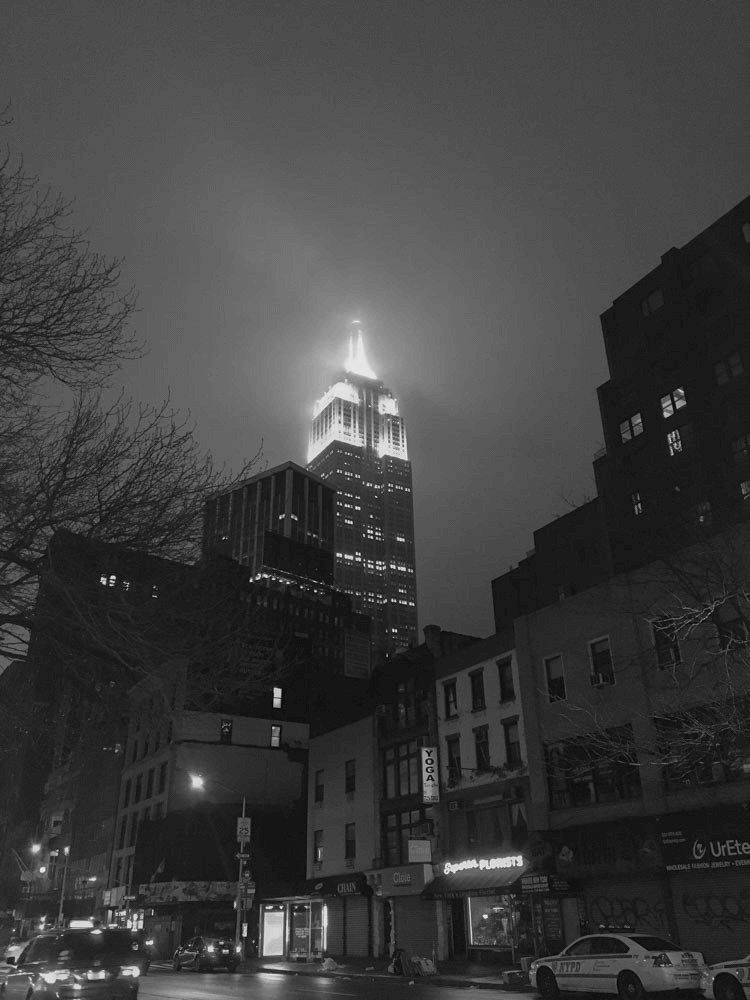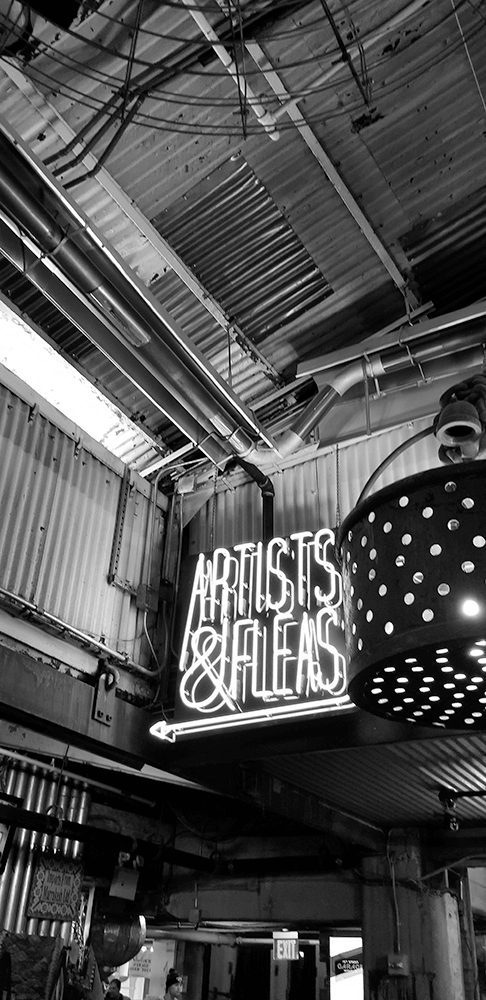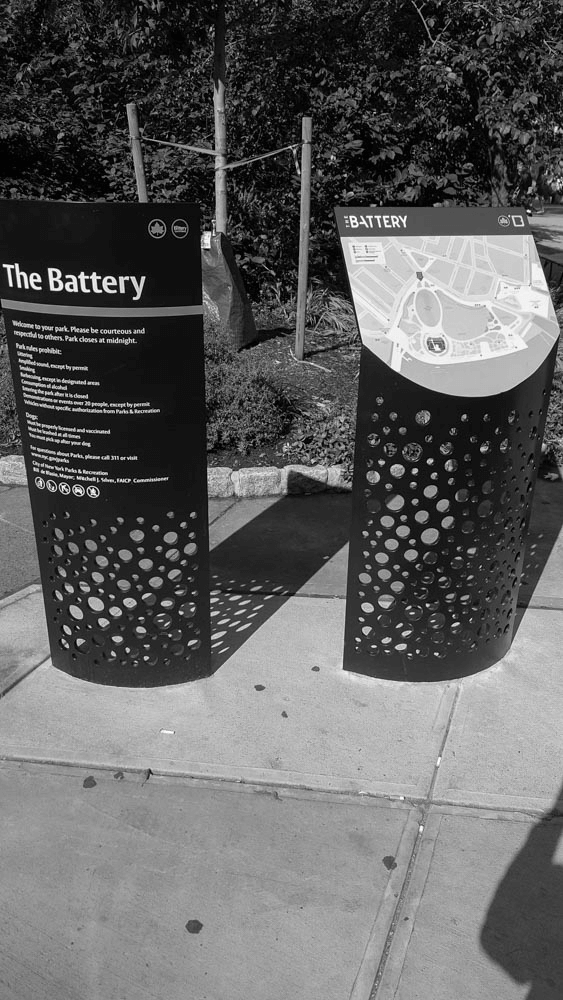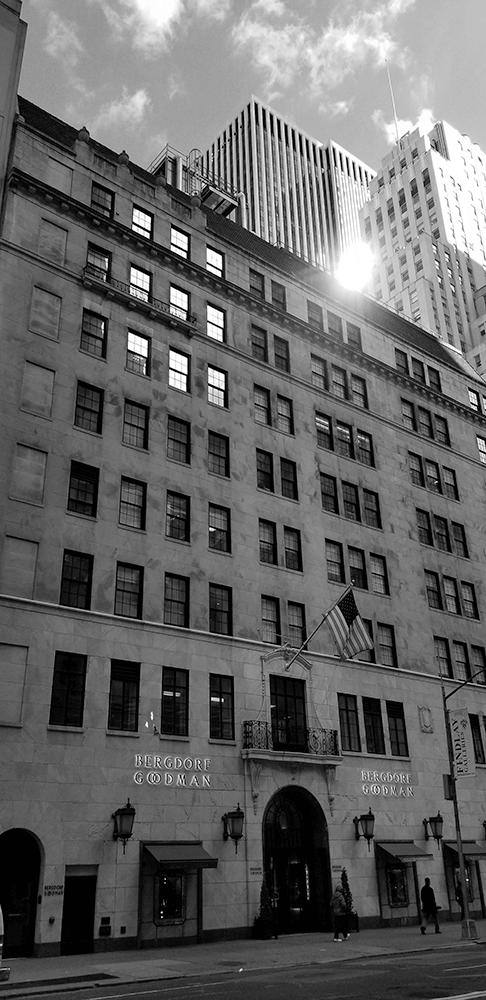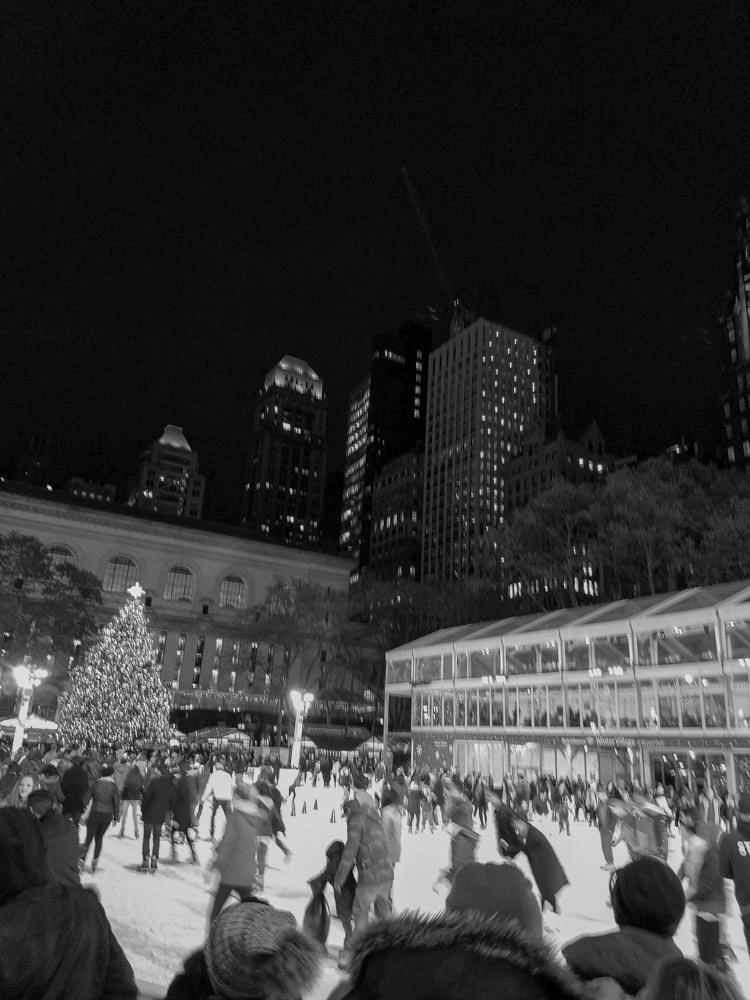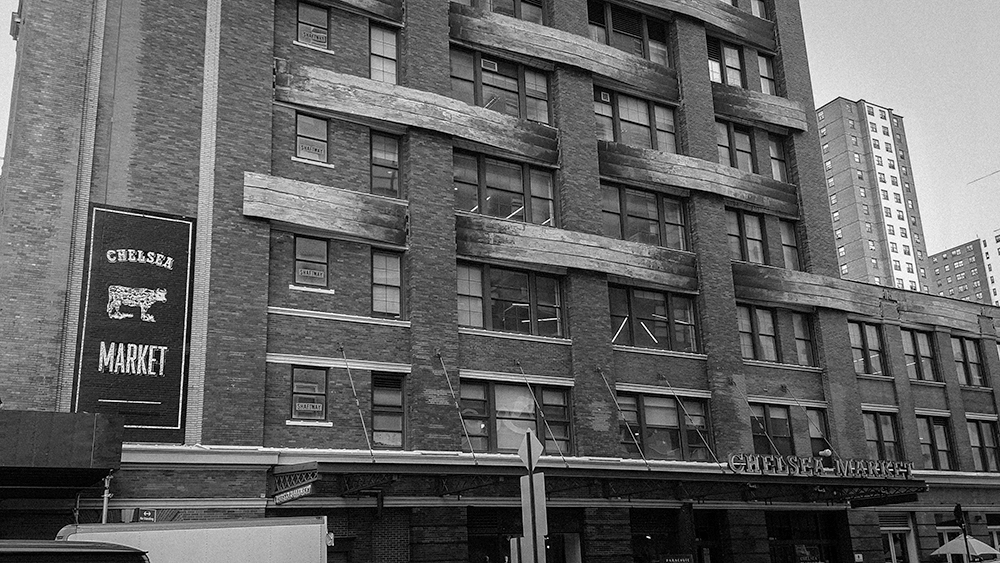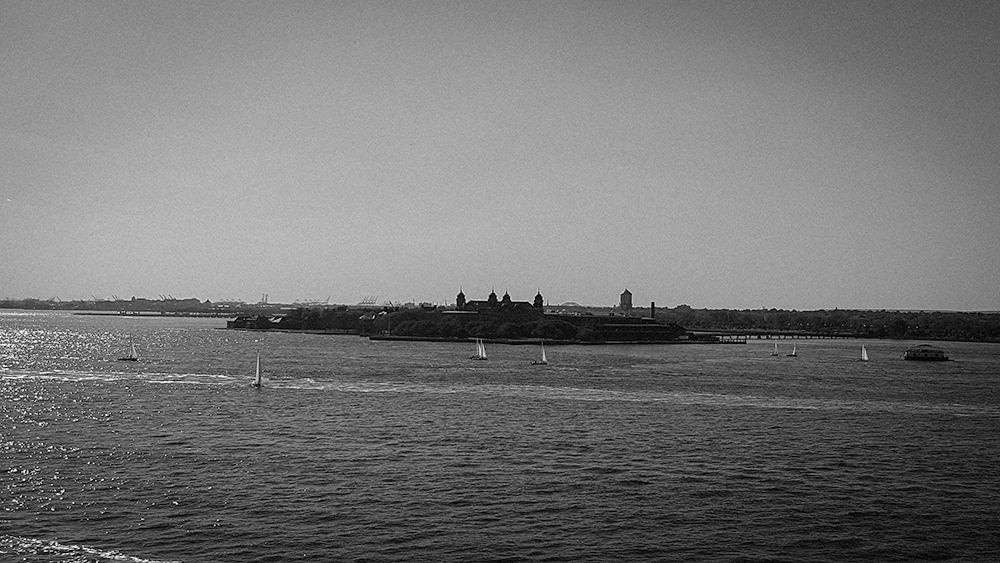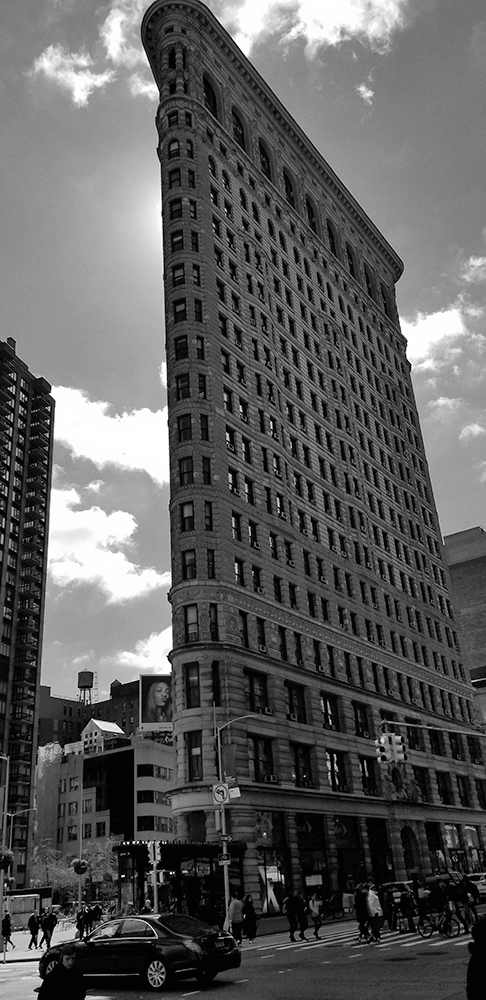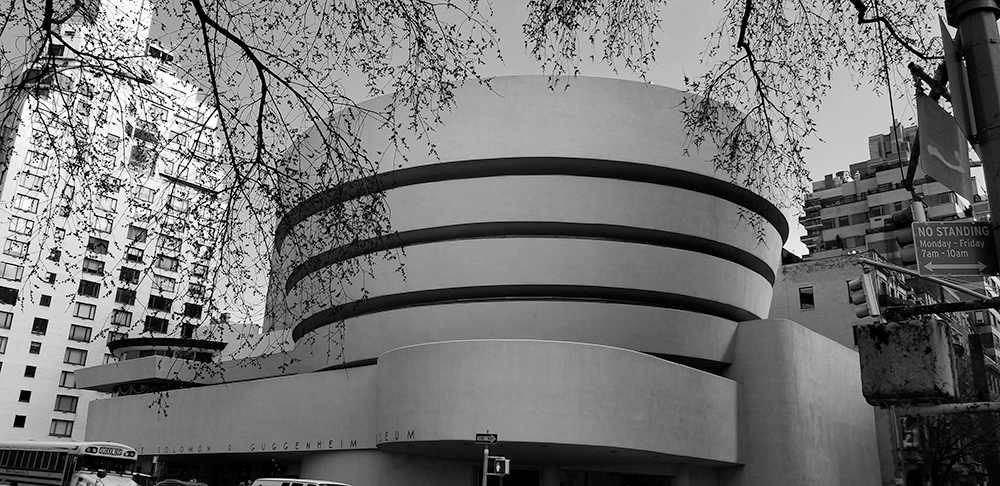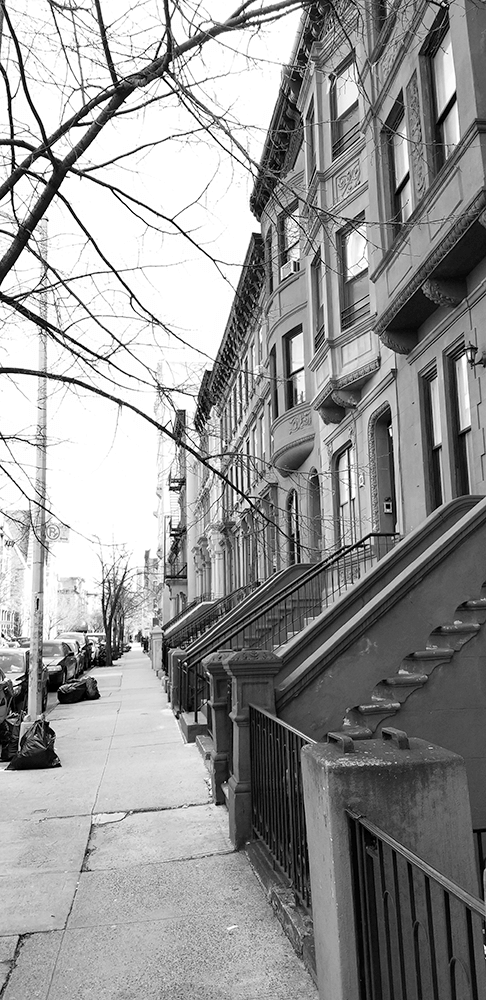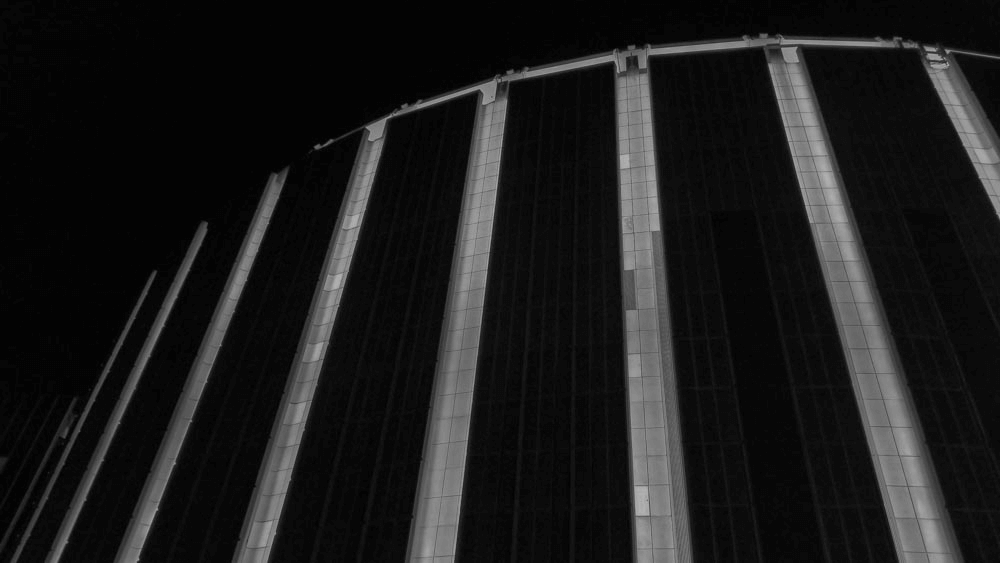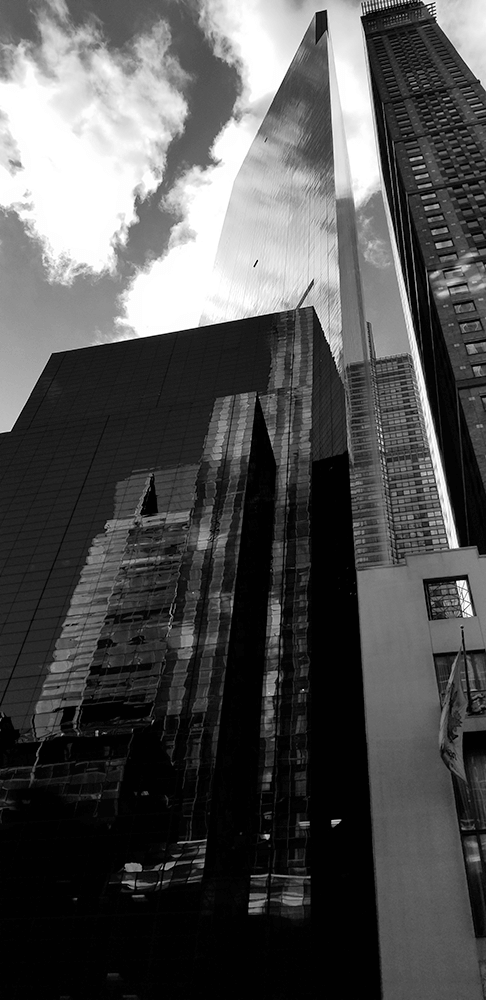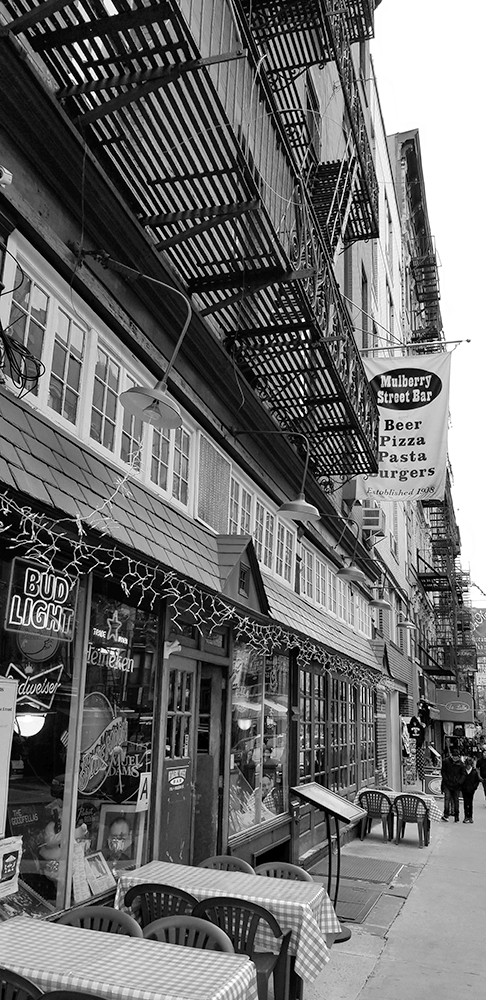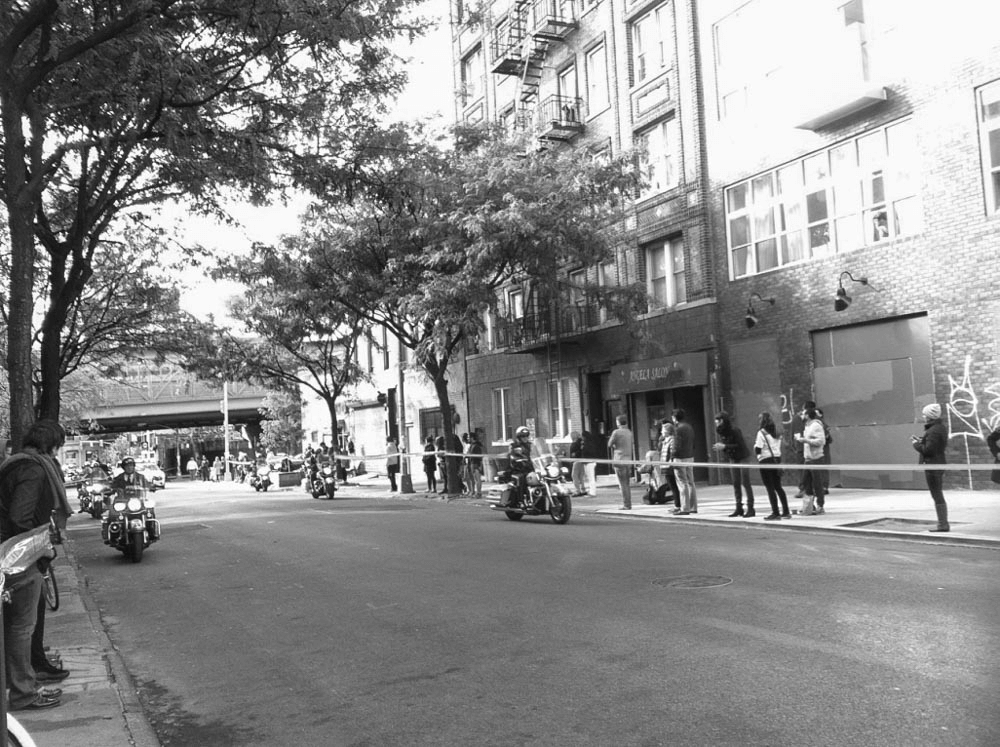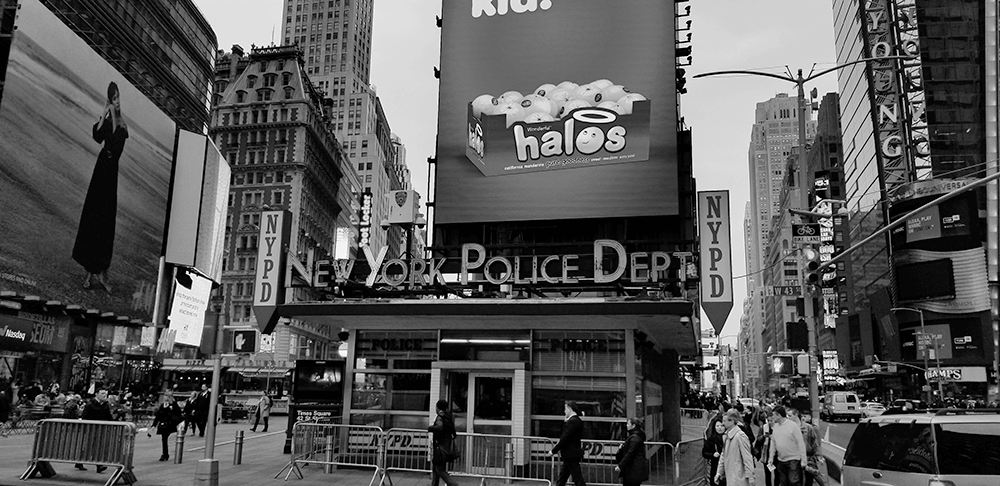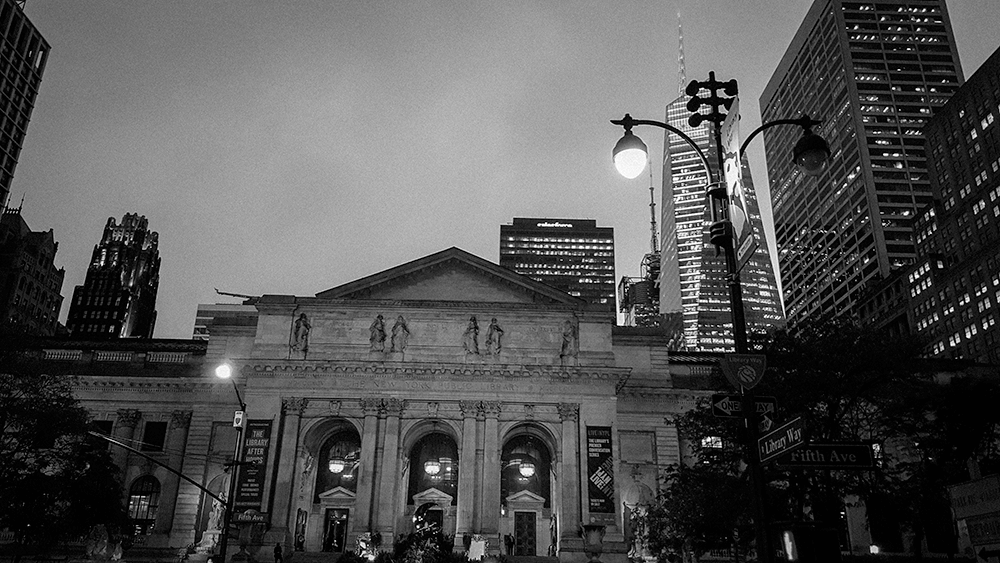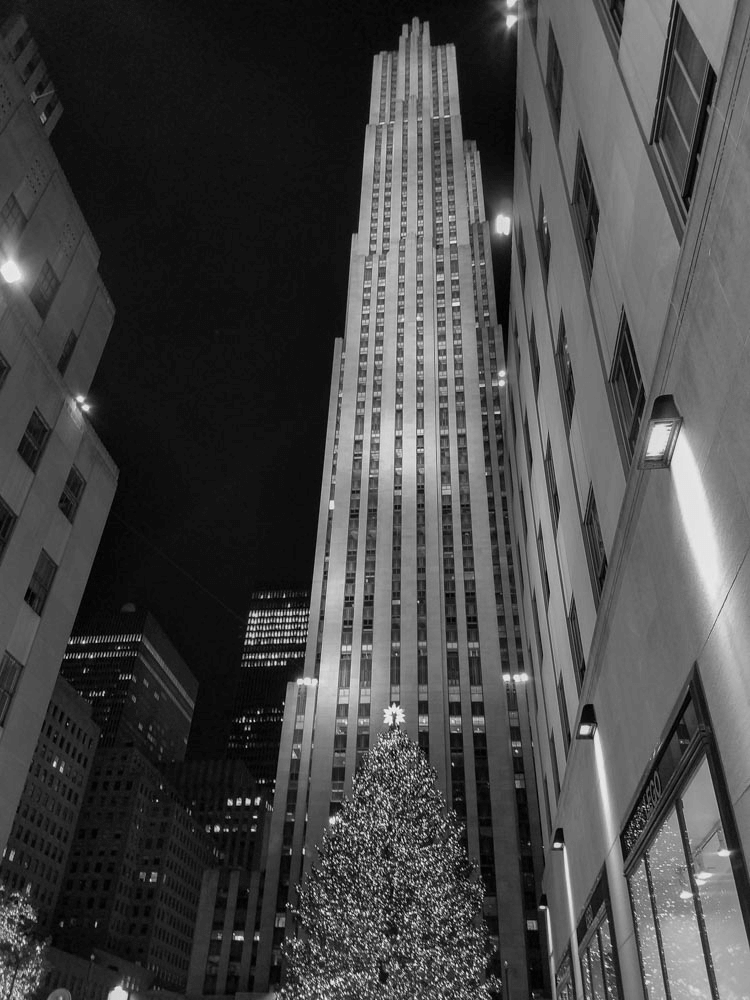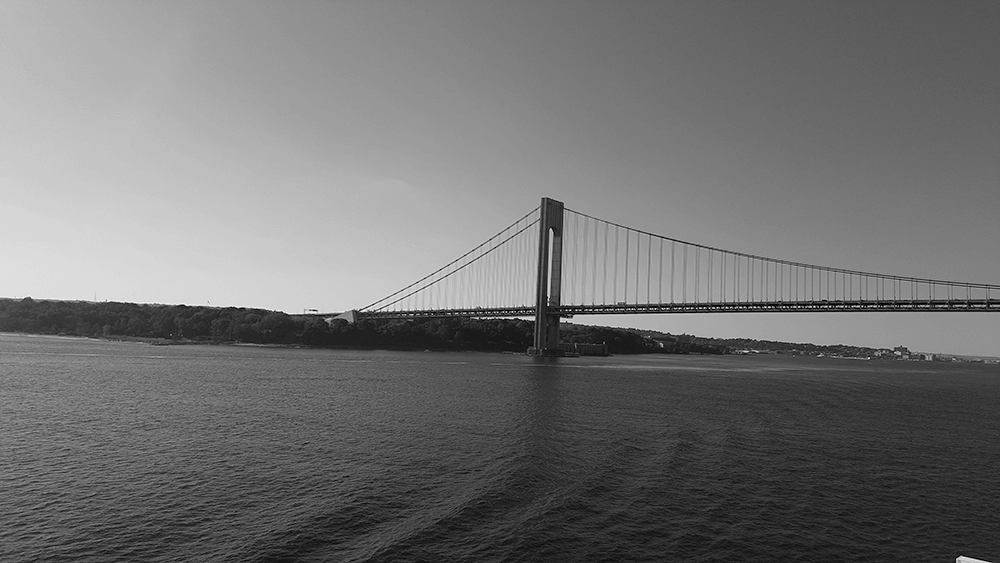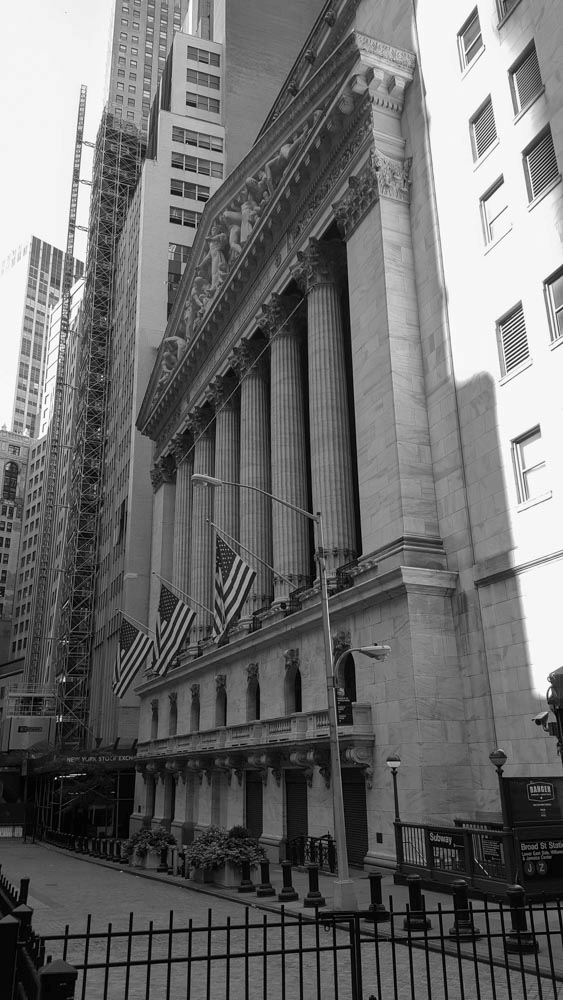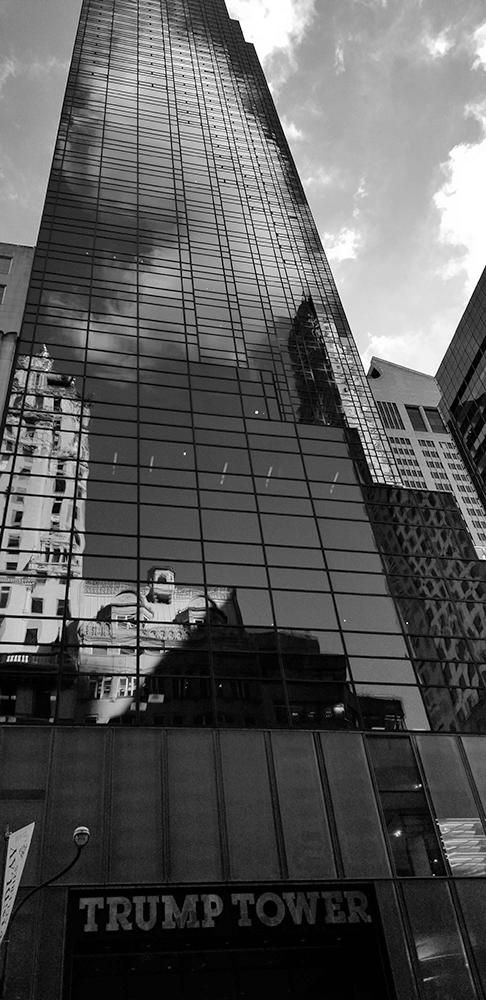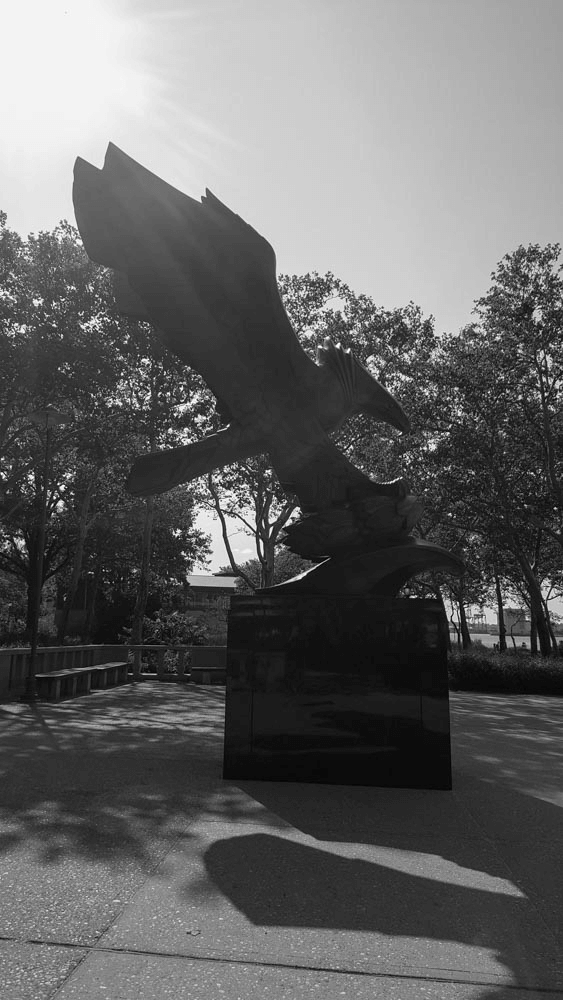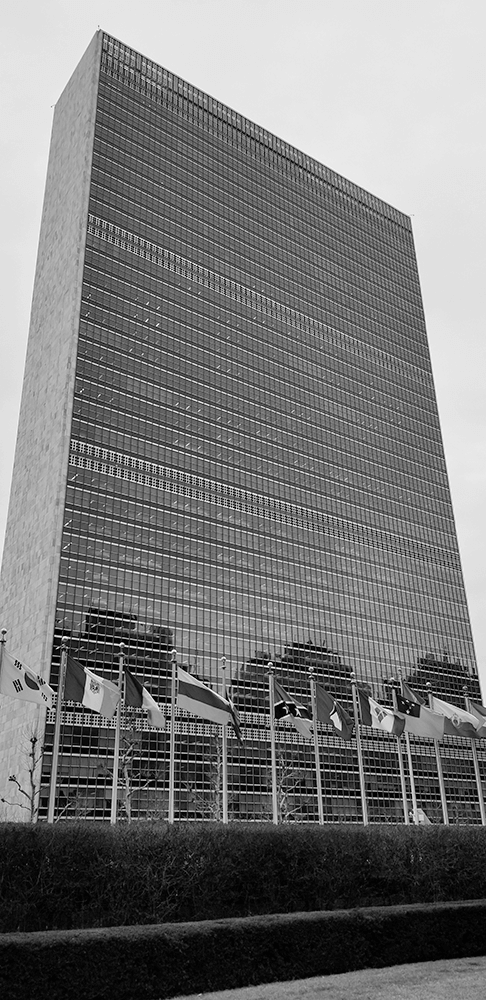Insider
Bronx
Wave Hill
Wave Hill – Ein Oase der Ruhe in New York City Wave Hill ist ein wunderschöner öffentlicher Garten und Kulturzentrum, das sich im Stadtteil Bronx in New York City befindet. Gelegen auf einem Hügel mit atemberaubendem Blick auf den Hudson River und die Palisades, bietet Wave Hill eine friedliche Flucht aus dem geschäftigen Stadtleben. Mit seinen weitläufigen Gärten, historischen Gebäuden und vielfältigen kulturellen Programmen zieht Wave Hill sowohl Einheimische als auch Touristen an, die Natur, Kunst und Bildung schätzen. Geschichte und Entwicklung Wave Hill hat eine reiche Geschichte, die bis ins 19. Jahrhundert zurückreicht. Ursprünglich als privater Wohnsitz erbaut, wurde das Anwesen in den 1960er Jahren in einen öffentlichen Garten umgewandelt. Die Vision der Gründer war es, einen Ort zu schaffen, der die Schönheit der Natur mit kulturellen und künstlerischen Aktivitäten verbindet. Heute ist Wave Hill ein bedeutender Ort für Naturliebhaber, Künstler und Bildungsinteressierte. Gärten und Landschaften Die Gärten von Wave Hill sind das Herzstück dieser Oase. Sie erstrecken sich über 28 Hektar und bieten eine Vielzahl von Pflanzen und Landschaften. Ökologischer Garten: Dieser Bereich ist mit einheimischen Pflanzen gestaltet und fördert die Biodiversität. Hier können Besucher die Schönheit der einheimischen Flora erleben und lernen, wie wichtig sie für das lokale Ökosystem ist. Trockengarten: Der Trockengarten umfasst Pflanzen, die in trockenen Bedingungen gedeihen. Diese Pflanzen sind nicht nur schön, sondern auch nachhaltig und pflegeleicht. Tropischer Garten: In den Gewächshäusern von Wave Hill können Besucher tropische Pflanzen und exotische Blumen bewundern. Diese Umgebung bietet einen Kontrast zu den einheimischen Gärten und ermöglicht den Gästen, Pflanzen aus verschiedenen Klimazonen zu erleben. Blick auf den Hudson: Die Aussicht von Wave Hill ist spektakulär. Der Blick auf den Hudson River und die umliegenden Palisades bietet einen atemberaubenden Hintergrund für einen entspannten Spaziergang oder ein Picknick. Kulturelle Programme und Veranstaltungen Wave Hill ist nicht nur ein Ort der Natur, sondern auch ein Zentrum für Kunst und Bildung. Das Kulturprogramm umfasst: Workshops und Kurse: Regelmäßige Workshops zu Themen wie Gartenarbeit, Kunst und Umweltbildung werden angeboten. Diese Programme richten sich an Menschen jeden Alters und bieten praktische Erfahrungen. Kunstausstellungen: Wave Hill zeigt regelmäßig Werke von zeitgenössischen Künstlern, die sich mit Natur und Umwelt auseinandersetzen. Diese Ausstellungen fördern den Dialog zwischen Kunst und Natur und bieten den Besuchern neue Perspektiven. Musik- und Theateraufführungen: Im Sommer finden im Freien Konzerte und Theateraufführungen statt, die eine besondere Atmosphäre schaffen und das kulturelle Leben in Wave Hill bereichern. Besuchserfahrung Der Besuch von Wave Hill ist ein ganzheitliches Erlebnis. Die ruhige Umgebung lädt dazu ein, die Natur zu genießen, während die kulturellen Programme die Möglichkeit bieten, Neues zu lernen und sich kreativ auszudrücken. Café und Geschenkeladen: Im Café können Besucher lokale Speisen und Getränke genießen, während der Geschenkeladen eine Auswahl an Gartenartikeln, Kunstwerken und Souvenirs bietet. Zugang und Öffnungszeiten: Wave Hill ist leicht mit öffentlichen Verkehrsmitteln zu erreichen und hat regelmäßige Öffnungszeiten. Der Eintritt ist in der Regel kostenpflichtig, wobei Kinder und Senioren oft Ermäßigungen erhalten. Insgesamt ist Wave Hill ein einzigartiger Ort in New York City, der die Schönheit der Natur mit Kunst und Bildung verbindet. Ob Sie ein Naturliebhaber, ein Kunstinteressierter oder einfach nur auf der Suche nach einem ruhigen Rückzugsort sind, Wave Hill bietet eine unvergleichliche Erfahrung. Mit seinen sorgfältig gestalteten Gärten, kulturellen Programmen und der atemberaubenden Aussicht auf den Hudson River ist Wave Hill ein Muss für jeden Besucher der Stadt.
1 2 NYCGO 3 4

